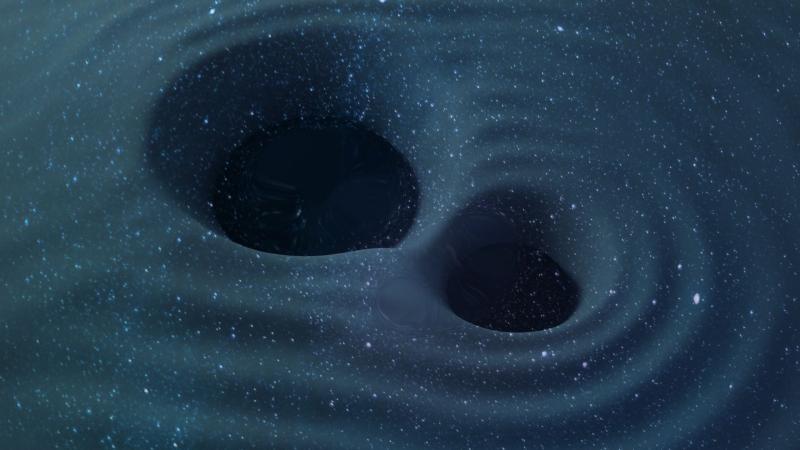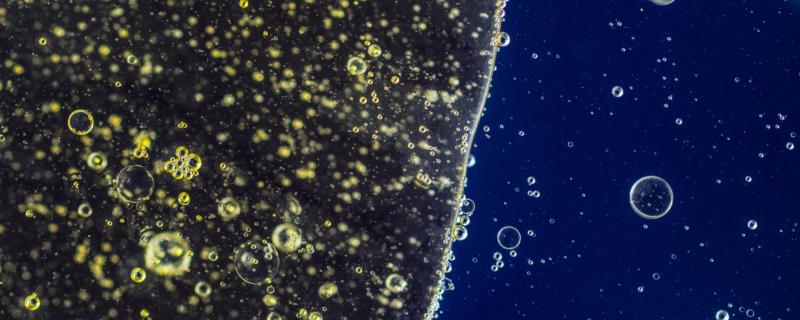Researchers from National Institute of Technology, Durgapur and Indian Institute of Technology Kharagpur in West Bengal, with support from Department of Biotechnology, Government of India,have shown that the one way to efficiently deal with oil sludge, is to cultivate suitable microbes using nutrients, which then disintegrate the contaminants in the sludge.
A newly observed gravitational wave event from the collision of two massive, rapidly spinning black holes forces scientists to reconsider how these cosmic giants are born and grow.










